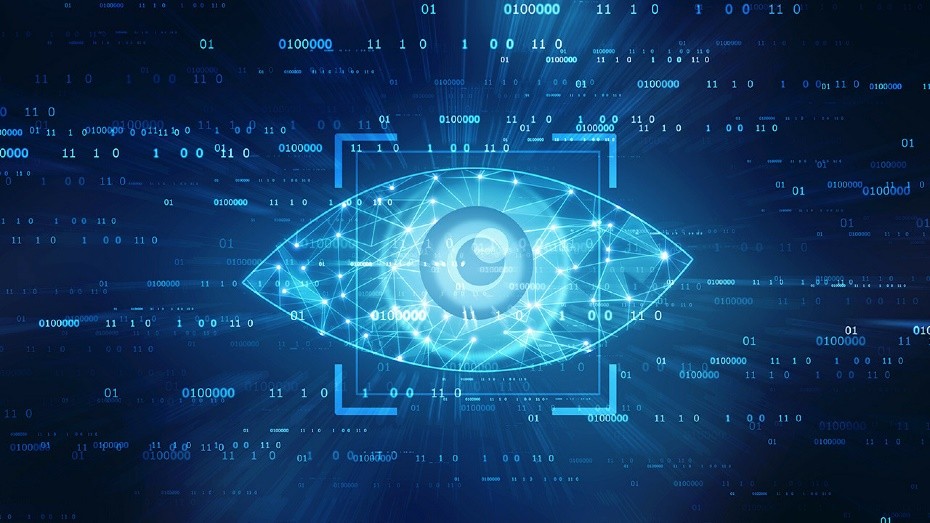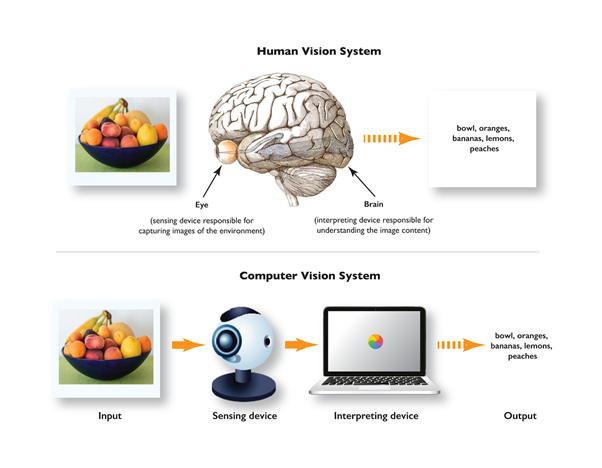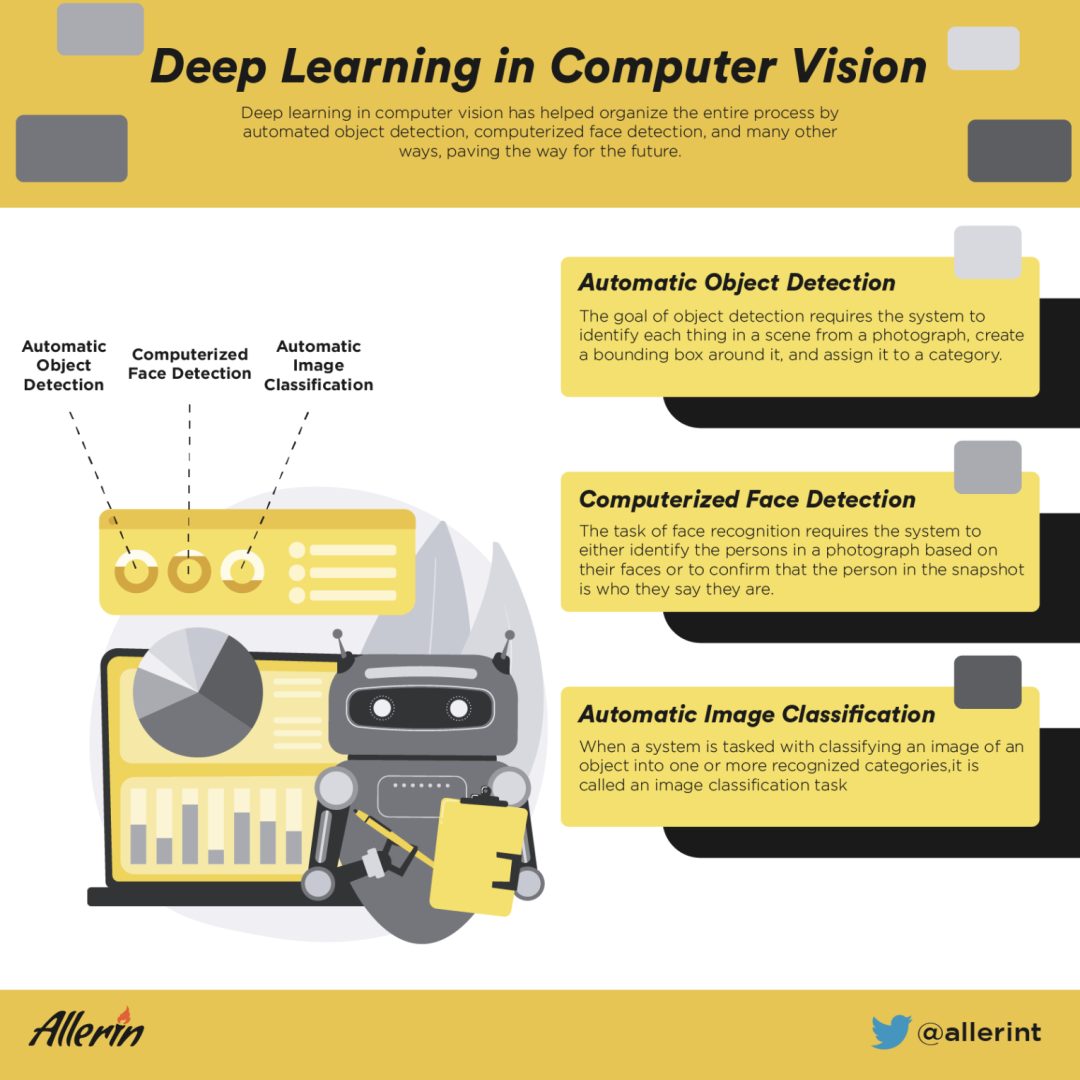Comments
- No comments found

Deep learning is revolutionizing the field of computer vision.
Computer vision is the field of enabling machines to interpret and understand visual data. It has seen significant advancements in recent years, thanks to the breakthroughs in deep learning technology.
Deep learning algorithms have the ability to learn and extract features from large datasets, allowing machines to perform complex tasks such as image recognition, object detection, and even facial recognition with remarkable accuracy. These algorithms mimic the neural networks of the human brain and can be trained on vast amounts of data to recognize and classify images and videos.
In this article, we will explore the applications and use cases of deep learning in computer vision and how this technology is changing the way we interact with machines.

Deep learning is a subset of machine learning that uses artificial neural networks to learn from large datasets. In computer vision, deep learning algorithms can analyze images and videos and extract useful features from them. These algorithms are usually composed of several layers of interconnected neurons, each layer processing the data in a different way. The output of the final layer represents the decision or prediction made by the model. Convolutional neural networks (CNNs) are the most commonly used deep learning networks in computer vision, which have been proven to achieve state-of-the-art results in various image and video analysis tasks.
Deep learning techniques are widely recognized because of their credibility. Computer vision, notably picture identification, was the subject of some of the earliest significant demonstrations of the power of deep learning, more recently in face recognition and object detection.

Deep learning algorithms have been used in various applications such as detecting and tracking objects in real-time for autonomous vehicles, drones, and security cameras. For example, self-driving cars use deep learning to identify and track vehicles, pedestrians, and other objects in their surroundings. Similarly, drones equipped with deep learning algorithms can detect and track objects of interest, such as wildlife or vehicles, in real-time.
Deep learning models can recognize and classify images and videos with remarkable accuracy, enabling applications such as image search engines, content moderation, and recommendation systems. For example, search engines like Google and Bing use deep learning algorithms to provide accurate and relevant search results based on image queries. Similarly, content moderation platforms like Facebook and YouTube use deep learning to automatically flag and remove inappropriate content.
Deep learning algorithms can identify and match faces with high accuracy, enabling applications such as secure access control, surveillance, and even personalized marketing. For example, airports and government buildings use facial recognition to screen passengers and employees for security purposes. Similarly, retailers use facial recognition to analyze customer behavior and preferences, and provide personalized shopping experiences.
Deep learning is also being used in other areas of computer vision, such as augmented reality, robotics, and medical imaging. For example, augmented reality applications use deep learning to detect and track objects in real-time, overlaying virtual information on the real world. Medical imaging applications use deep learning to diagnose diseases and detect tumors from medical images, enabling faster and more accurate diagnosis and treatment.

Deep learning algorithms are being used in medical imaging to improve disease diagnosis, tumor detection, and surgical navigation. For example, deep learning models can analyze medical images and detect early signs of diseases like cancer, enabling early detection and treatment. Similarly, deep learning algorithms can identify and segment tumors from medical images, enabling accurate diagnosis and treatment planning. In addition, deep learning can be used to guide surgical navigation, reducing the risk of complications and improving patient outcomes.
Deep learning is being used in retail and advertising to analyze customer behavior and preferences, optimize product placement and inventory management, and provide personalized marketing experiences. For example, deep learning algorithms can analyze customer data and predict their preferences and
purchase behaviors, enabling retailers to offer targeted promotions and discounts. Similarly, deep learning algorithms can analyze images and videos from in-store cameras to optimize product placement and inventory management, ensuring that popular items are always in stock.
Deep learning is a crucial component of autonomous vehicle technology, enabling vehicles to detect and avoid obstacles, recognize traffic signs and signals, and navigate safely in various environments. For example, deep learning algorithms can analyze data from sensors like cameras and lidars to identify and track objects in real-time, enabling the vehicle to make informed decisions about steering, acceleration, and braking. Similarly, deep learning can be used to recognize and interpret traffic signs and signals, ensuring safe and efficient driving.
Deep learning is being used in security and surveillance to detect and identify potential threats, monitor crowds and traffic, and prevent crime. For example, deep learning algorithms can analyze video feeds from security cameras and detect suspicious behavior, enabling security personnel to respond quickly. Similarly, deep learning can be used to monitor traffic and crowds in public spaces, alerting authorities to potential safety risks.
The power of deep learning in computer vision is undeniable, enabling machines to understand and interpret visual data with remarkable accuracy and speed. From object detection and tracking to facial recognition and medical imaging, deep learning is driving innovation in various industries and changing the way we interact with machines. As the technology continues to evolve, we can expect to see even more exciting use cases and applications in the future.
Naveen is the Founder and CEO of Allerin, a software solutions provider that delivers innovative and agile solutions that enable to automate, inspire and impress. He is a seasoned professional with more than 20 years of experience, with extensive experience in customizing open source products for cost optimizations of large scale IT deployment. He is currently working on Internet of Things solutions with Big Data Analytics. Naveen completed his programming qualifications in various Indian institutes.
Leave your comments
Post comment as a guest